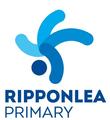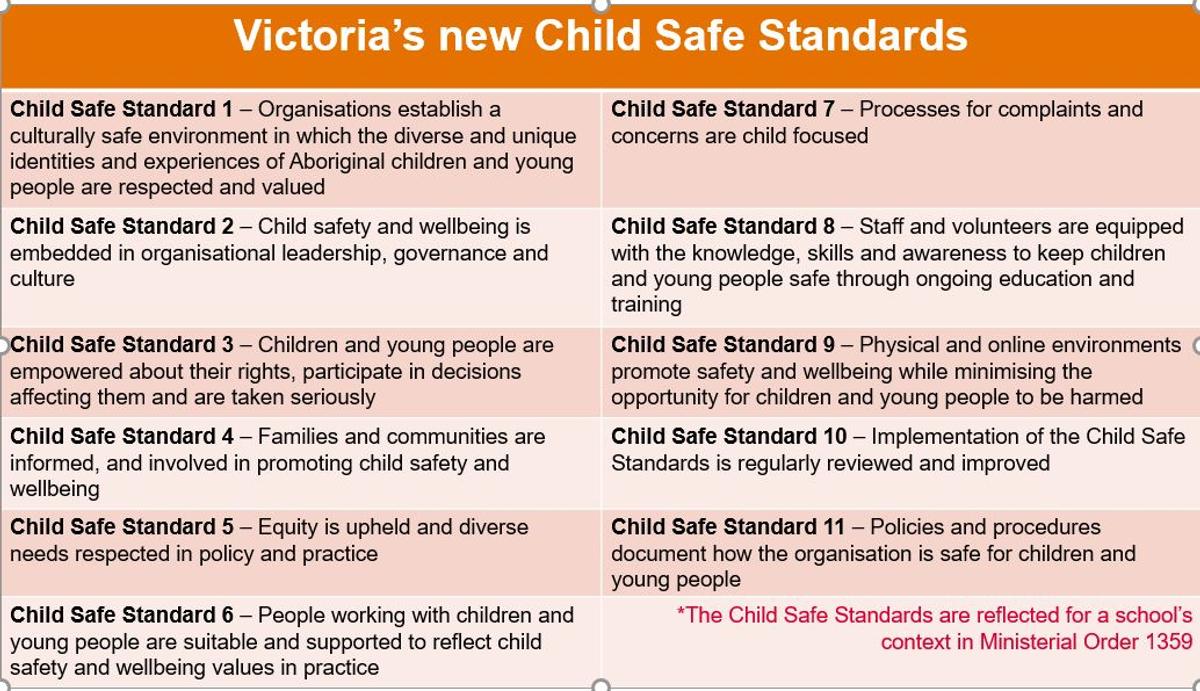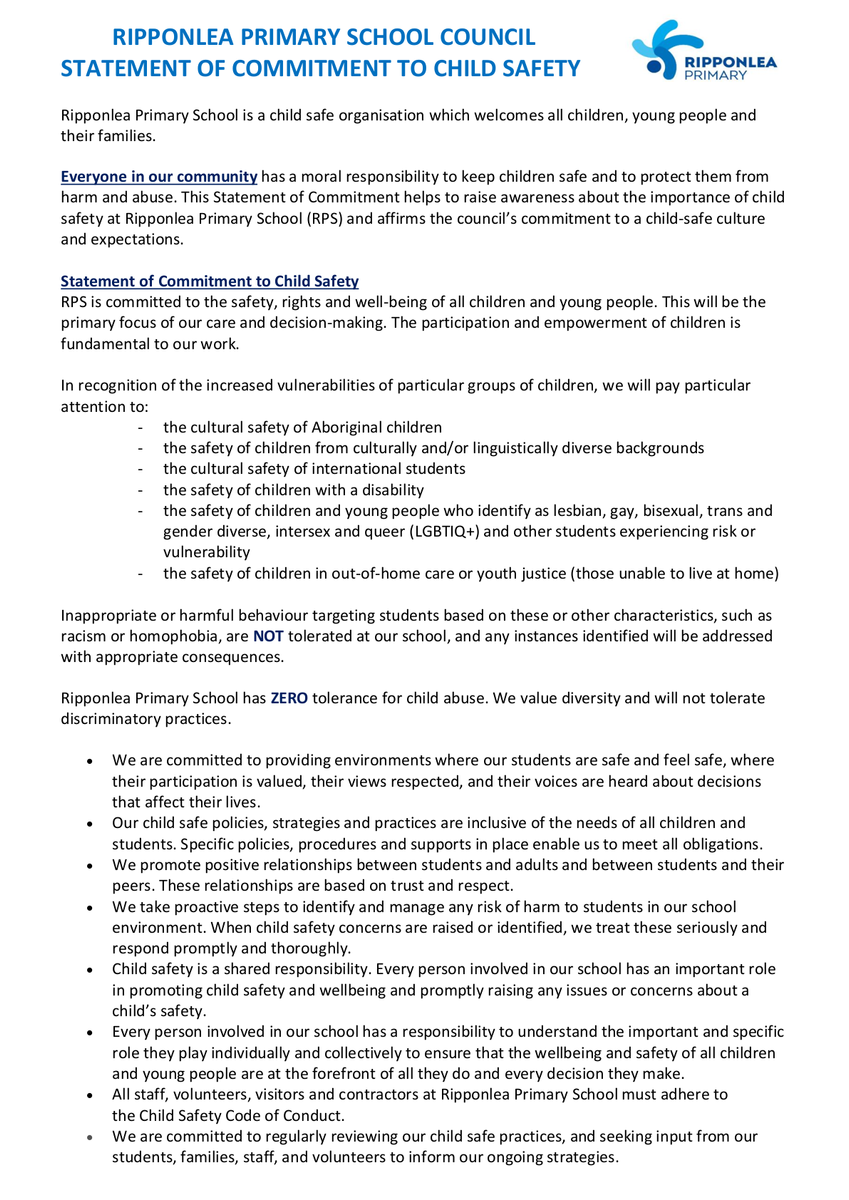CHILD SAFETY IS EVERYONE'S RESPONSIBILITY

CHILD SAFE STANDARD 2
Child safety and wellbeing is embedded in organisational leadership, governance and culture
In complying with Child Safe Standard 2
The school council, parents and carers, visitors, staff and principal will ensure:
2.1 The school makes a public commitment to child safety.
2.2 A child-safe culture is championed and modelled at all levels of the organisation from the top down and bottom up.
2.3 Governance arrangements facilitate the implementation of the child safety and wellbeing policy at all levels.
2.4 A Code of Conduct provides guidelines for staff and volunteers on expected behavioural standards and responsibilities.
2.5 Risk management strategies focus on preventing, identifying and mitigating risks to children and young people.
2.6 Staff and volunteers understand their obligations on information sharing and recordkeeping.
RPS does the following to adhere to Standard 2:
Establish expectations and promote child safety
- Promote the school's child safety policies at assemblies, meetings, welcome packs, newsletters and other regular communications.
- Create child-friendly versions of the Child Safety and Wellbeing Policy and Code of Conduct with student input and make these versions publicly available.
- Use the Child Safety and Wellbeing policy to promote the school's commitment to child safety.
- Display our Commitment to Child Safety prominently at reception and around the school grounds. Also, include the statement in enrolment packages.
- Communicate and demonstrate that mistreatment of students and racism is not tolerated in any way and that students who speak out are listened to and taken seriously.
- Promote regular open discussion on child safety issues within the school community including at leadership team meetings, staff meetings and school council meetings.
Assign responsibility
- Nominate one or more child safety champions to lead the school’s child safety approach. Assign responsibility to the champions to review and update the Child Safety Risk Register annually.
- Form a working group with staff to support the child safety champions.
Seek input
- Ask students what matters to them, what makes them feel safe and whether the school's child safety strategies are meeting their needs, through focus groups and regular class discussions.
- Seek input from staff, volunteers, families and the school community. Ask what the school does well, and what can be improved.
- Consult with people external to the school who have additional expertise, such as the region or other external agencies.
Oversee implementation
- Assess if the school has all the policies it needs for effective practice and compliance.
- Review child safety practices and any emerging risks.
- Provide regular reports to the school council or governing authority on child safety improvements.
- Support students, families, staff and volunteers to safely disclose any child safety concerns or complaints. Report back to complainants about actions taken as a result
- Ensure visitors are appropriately supervised on site in line with the Visitors in Schools policy.
Align governance and recordkeeping with best practices
- Require that staff disclose any potential conflicts of interest and manage relationships and situations to reduce risks arising from conflicts of interest.
- Control access to records of complaints to ensure only appropriate people see details.
- Ensure the school uses the relevant Public Record Office Victoria Retention and Disposal Authorities (RDA), including the RDA for Records of Organisational Responses to Child Sexual Abuse Incidents and Allegations to retain records for the correct period.



